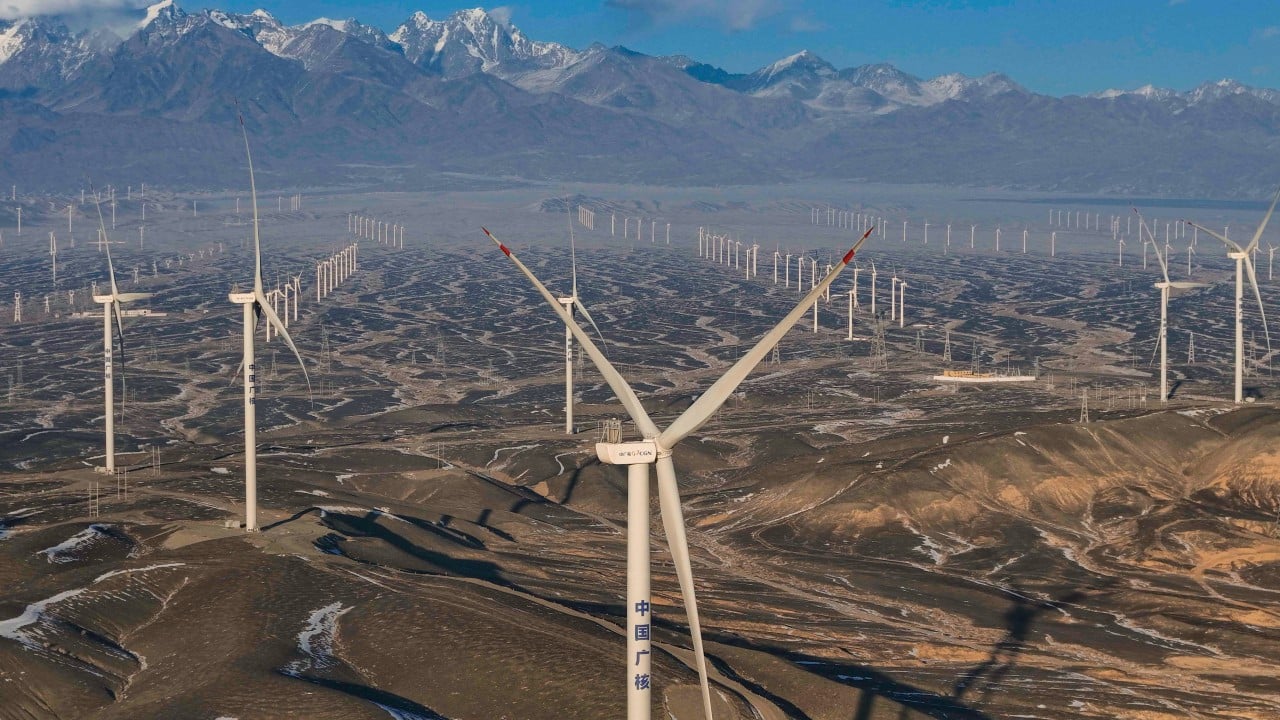Nearly a decade ago on the eve of the G20 summit in Hangzhou, as UN secretary general, I stood alongside then US president Barack Obama and Chinese President Xi Jinping as the two countries took the historic step of joining the Paris Agreement.
Advertisement
That moment – with the world’s two largest economies and biggest emitters – both expedited the ratification of the Paris Agreement and marked the start of an unprecedented era of climate cooperation. It showed shared responsibility in the face of an existential threat.
Today, I see a different landscape. As the United States stands back from the global climate stage, China can step up. As the world’s largest emitter (absolute, not per capita) and a leader in clean energy manufacturing, China is uniquely positioned to carry forward the momentum of the green transition. This is not only a question of duty: it is in China’s interest.
Last summer offered a stark reminder of the escalating impact of climate change for China, when extreme weather caused damage amounting to over 230 billion yuan (US$32 billion). Typhoons Bebinca and Yagi killed hundreds in the region, pushed millions from their homes, ripped out the power supply, disrupted supply chains and ruined harvests. It showed that responding decisively to climate change is an act of national resilience.
At the same time, tariffs and deepening protectionism fuel division and uncertainty. But the momentum of the green transition can drive progress across political and economic divides. Clean energy and climate-smart investments are not just environmental imperatives. They are economic opportunities.
Advertisement
China – already leading the world with its domestic deployment of renewables – has a chance to push the frontier of international investment.

